Author: Ravi Kailas (ficustours@gmail.com)
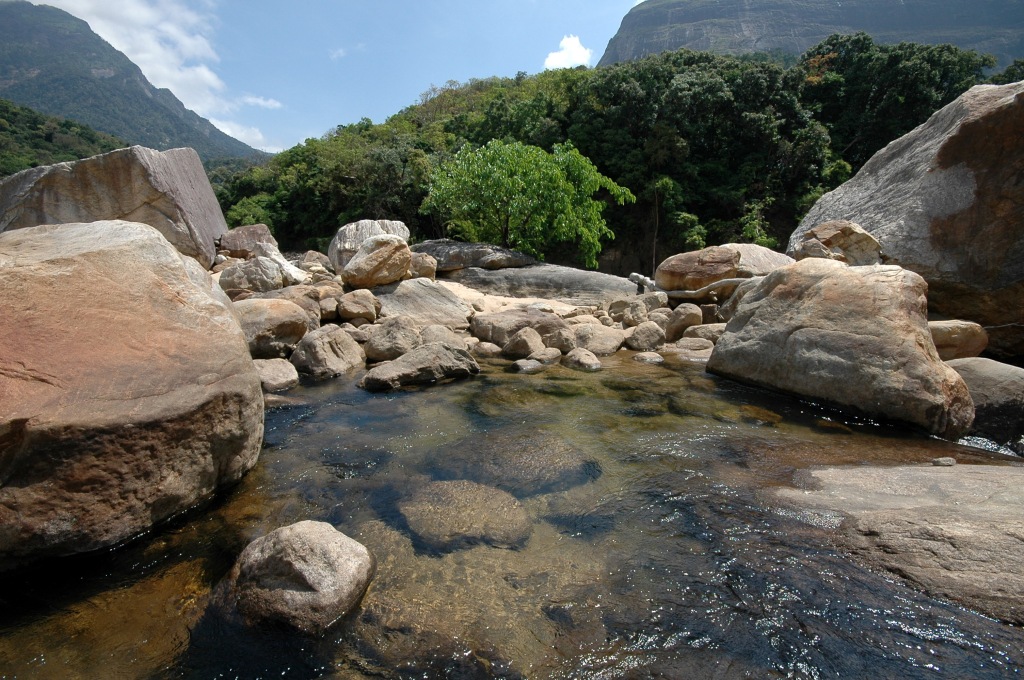
This southern most of India’s Tiger Reserves, is much about fresh water, and the deep, dark tropical forests that nurture it. Waterfalls abound, rainforest streams converge into boulder strewn rivers, flowing downhill into man-made reservoirs, finally reaching the hot, dusty plains of southern Tamil Nadu as the life sustaining Tamarabarani River. It also hosts immense biological diversity, as is typical for hill forests of the Southern Western Ghats.
I had the privilege of spending months in this park, mostly in the late 1990s into the mid 2000’s, volunteering in a fire ecology project and, later collecting some preliminary data on herpetofauna for a research project. With these blanket of research permits in those less complicated times, I explored parts of the forest shut off to most people, interacted with indigenous groups that lived there, duly amazed by their ability to live off the land, visited rainforest as pristine as they get in this part of the world, spent nights, through squally thunderstorms, accompanying ghost stories and all, in dilapidated buildings, saw my first Grey Slender Loris and Indian Chevrotain, had my larder (repeatedly) raided by a troop of Bonnet Macaque, shared my sleeping space with roosting Lesser False Vampire and such ….
My early experiences at the park were in the thorn/dry deciduous/riparian forests of the Mundanthurai Plateau, in the late 90’s, enthusiastically collecting herbivore scat during the day and counting their source at night – data that was used to estimate herbivore densities and their associated effects on plant diversity, by a research scholar working on his doctorate degree on the subject. While the work, at least parts of it, was as unglamorous as it sounds, it introduced me to an organic version of life in the jungle (very unlike anything I had experienced in the ‘ivory tower’ of the wildlife safari world). There were several first jungle experiences during this time – weaving through vegetation in narrow, thorn filled paths, with torn clothing and myriad scratches to show for the efforts, tick bites and associated infections, walking through the forest at night and identifying animals with eye-shine, including sightings of such nocturnal specialists like the Indian Chevrotain, Small Indian Civet, Grey Slender Loris, Indian Porcupine and even Leopard, living in spartan conditions and off simple food, which were inevitably ‘shared’ with a troop of rather naughty Bonnet Macaque….. ! There were also a couple of other ongoing research projects on primates in the plateau, one studying behavioural ecology of Bonnet Macaque, comparing wild and human habituated populations (including that naughty troop that raided our spartan larder) and another, on the ecology of Grey Slender Loris, which involved following these primitive primates, using radio telemetry, to understand their home range, diet, and habitat preferences. I was fortunate to have a taste of fieldwork for these projects as well and it was especially interesting to have some close observations, sans camera sadly, of the nocturnal, Slender Loris.
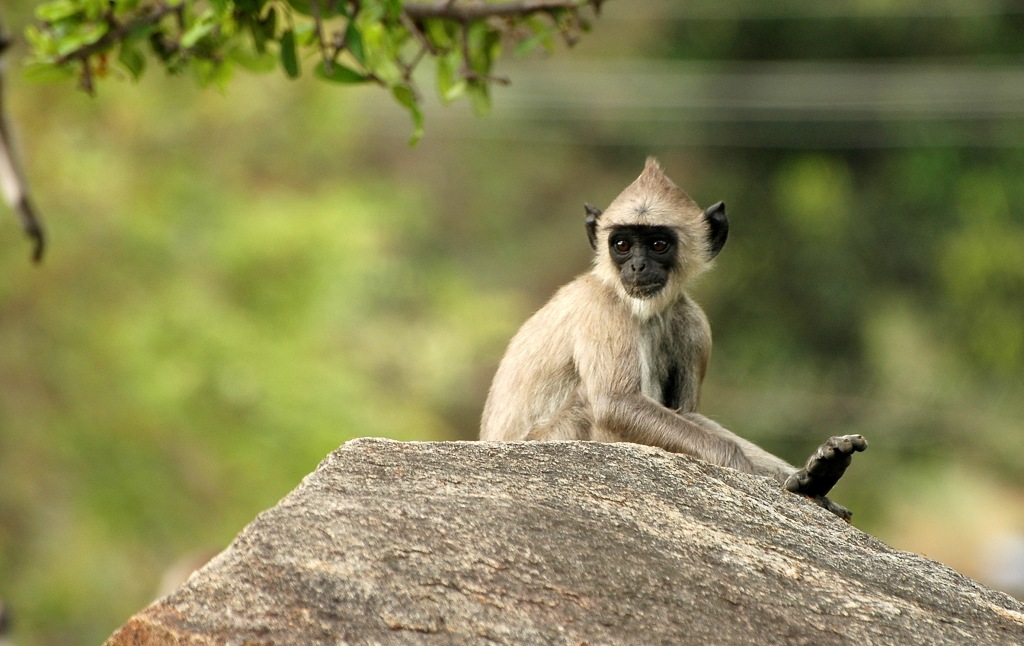
Crested Grey Langur 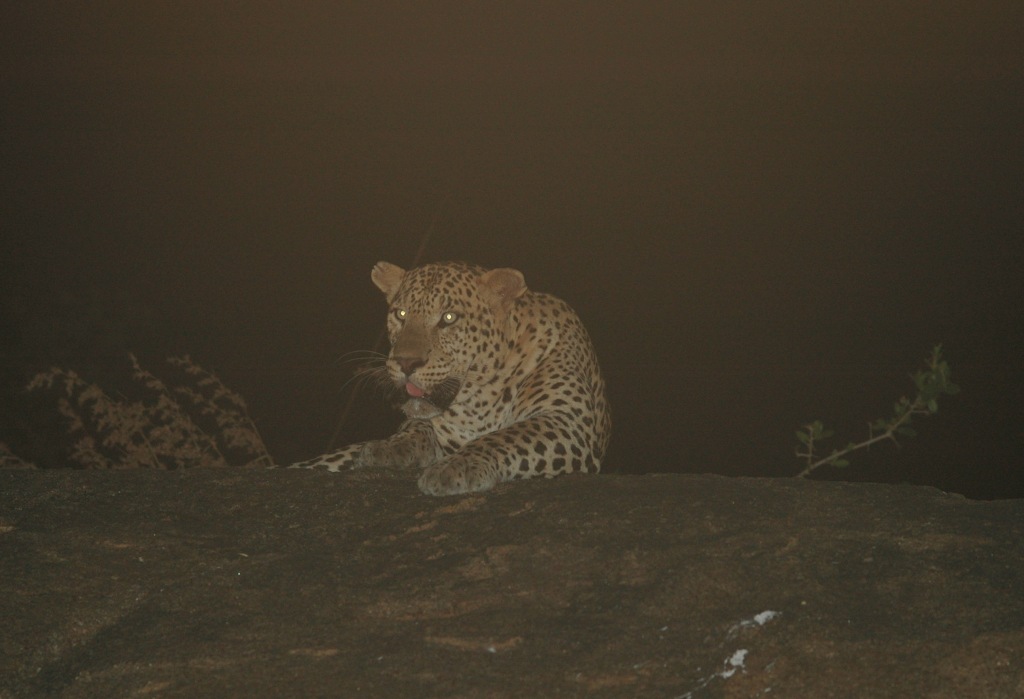
A rare sighting a Leopard around the Plateau
In all my time at the Mundanthurai Plateau, both in the late 90s and subsequent visits into the mid-2000’s, I never found the location especially productive for large mammals, with only Chital, that were reintroduced here, and Sambar Deer, among the regulars – this despite the copious sources of water from the rivers of the Tamarabarani Basin. There was a healthy diversity of smaller mammals however, of which Nilgiri Langur and Indian Giant Squirrel were the most visible, albeit mostly restricted to the riparian forest. Birdlife was healthy and typical of this habitat/altitude for Peninsular India, and there were a handful interesting herpetofauna, including an endemic tree skink of the genus Dasia, and a species of gliding frog (Rhacophoridae), that I found in the Plateau.
Mundanthurai, while this is not saying much about quality, had among the few ‘liveable’ accommodations (often the key difference being that it was not inhabited as regularly by other wildlife, compared to in other locations) within the reserve. The research groups were accommodated in a couple of ramshackle buildings, one decades old, with tiled roofs, on the very edge of the forest and the other of more modern, but equally crumbling nature more towards the centre of the complex of buildings, that hosted forest department staff. This was pretty much the extent of tourist infrastructure in this part of the park, that did little (or nothing) to encourage any form of ecotourism. The accommodation was located just about a couple of hundred metres from a serene stretch of the Servalar, where much of the free time was spent wading in its cool waters. The riparian forest of tall, evergreen trees along the river, contrasted, with the dry, thorny open forest that dominated the Plateau. Life at the base camp was quite simple otherwise, with moments of excitement provided from warding off Bonnet Macaque from raiding the kitchen amidst mundane chores like tending field equipment, getting rid of ticks/tending to bites from the parasites, washing clothes and being fed – a throwback to the days before cell phones! When the frugal, tiffin free diet got a little old, we would hike about 5km to the town of Servalar, where a little canteen run my Joseph (a very common name of canteen owners in these parts for some reason), served up the most delectable idlies with fresh coconut chutney, in the evening. We would have to time everything just right though, to finish our meal in time to catch the last (one of three during the day), bus back towards camp, that would eventually descend the hills, exiting the reserve close to the famous Papanasam Temple (reputedly an excellent option to wash away your sins, if you follow due process) along the Tamarabarani, eventually terminating at the dusty, glaringly crowded small city of Tirunelveli.
This was also the time when I had an opportunity to interact with members of the Kanni tribe, traditional hunter gatherers who live the in forests of this region. Three of them were indispensable members of the ongoing research projects and their forest ‘savviness’ was truly incredible, from navigating through deep, dark jungles to their in-depth, practical knowledge of the forest, for food, shelter, survival and medicine, not unlike other jungle communities who live and breathe their forest home. While most from the community, lived in large, relatively modern settlements, some still lived in remote forest villages. I had the privilege of visiting and spending a couple of nights in the magical environs of Injikuzhi, one among the remote settlements, located on the banks of the Tamarabarani River, in a clearing of mature rainforest. This was in the late 90s, but I still recall, vividly, the charming setting, the sound of the flowing river, a constant accompaniment, the simple, yet elegant thatched dwellings, the warm hospitality of the people, self-confident in the lifestyle in sync with nature, and one morning, waking up to the pervasive calls of a flock of White-bellied Treepie and coming out the see these charmingly gregarious birds with a pair of Western Ghats Flying Lizard in the mix, gliding between a modest grove of Arecanut trees.
Another unforgettable experience, albeit not of the pleasant nature (in either sense of the phrase), was to witness the lakhs of pilgrims descending upon the Plateau to worship at a temple during aadi amavasai, an ‘auspicious’ (quite debatable, especially if you are a living being within the few remaining refuges left behind in this crowded part of the world) day on the Tamil calendar. The plateau was plundered in three days, when the masses camped by the Karayar, next to the Sori Muthannar Temple, incidentally a relatively recent addition to the landscape, and hence of no historical religious significance in the grand scheme of things, and polluted the river and the abutting jungle to an unimaginable degree (cooking, defecating, lopping the trees for firewood, playing music loud enough that it could be heard kms away… and I am pretty sure some game meat entered the diet as well) all this in the midst of a Tiger Reserve. A sad situation, in the name of freedom to practice one’s religion, and ironically, in a nature reserve where they discourage ecotourism (the only other form of tourism that they encouraged at the time, was of equally jarring, waterfall mass tourism) by claiming that they are a threat to its fragile biodiversity.
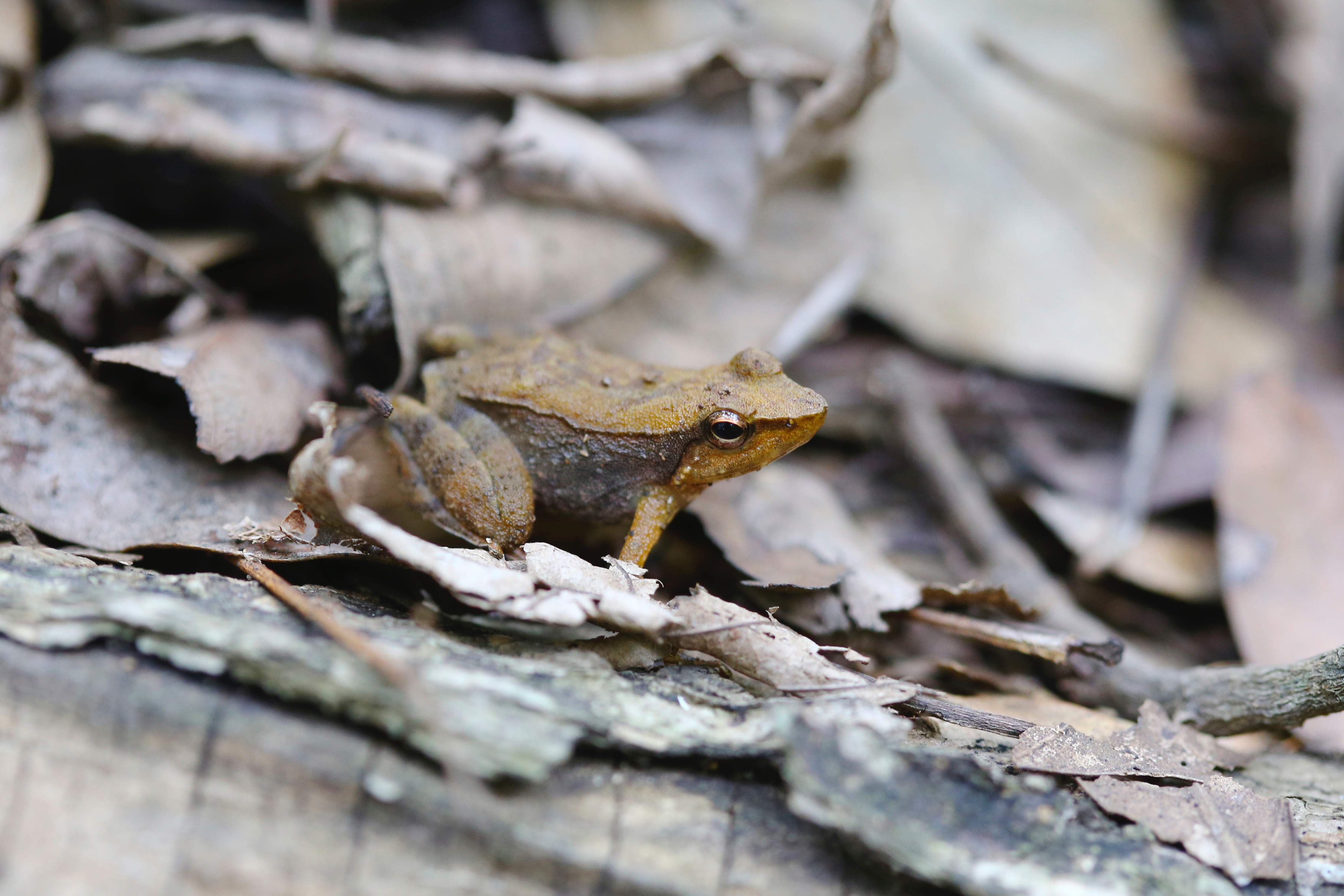
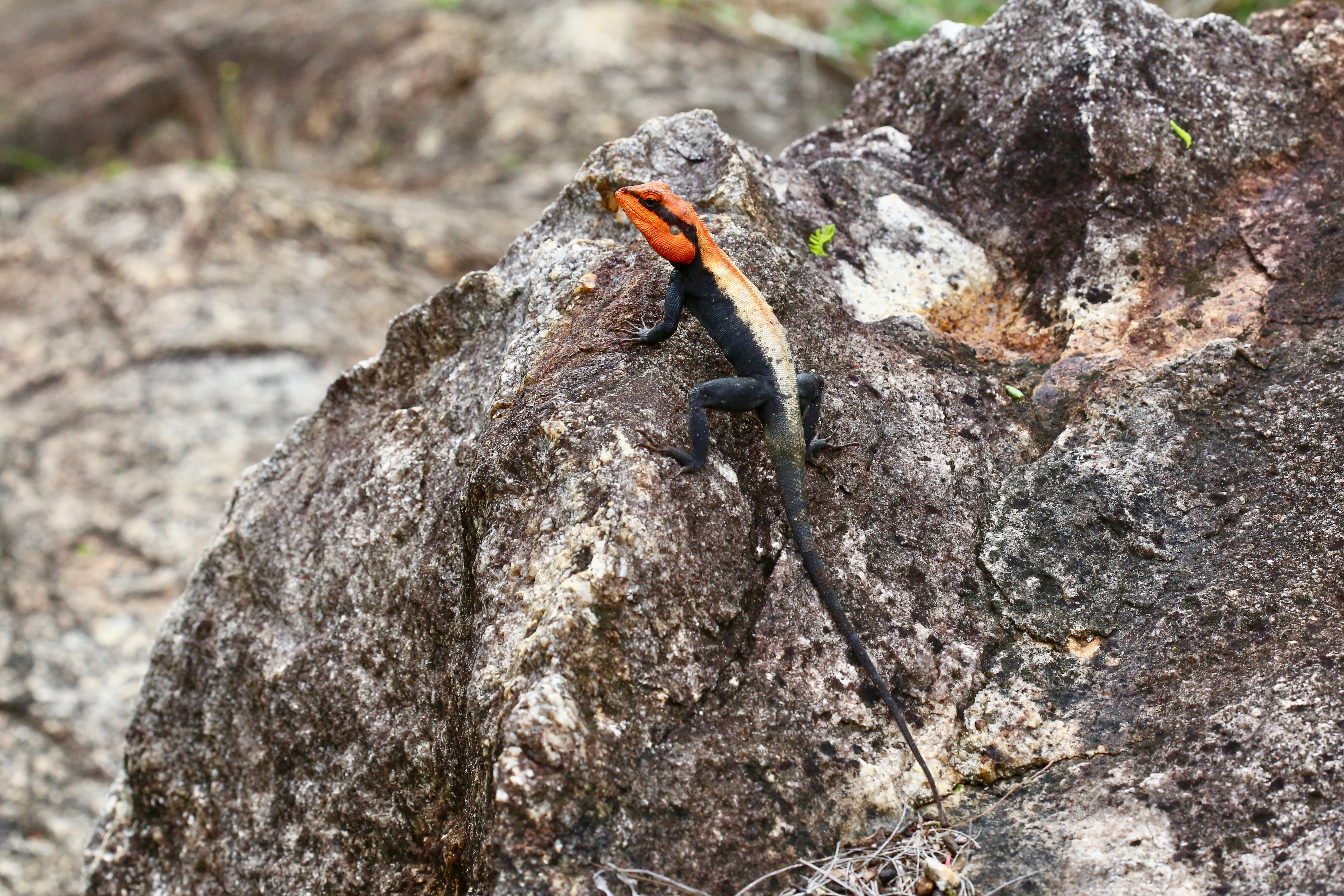
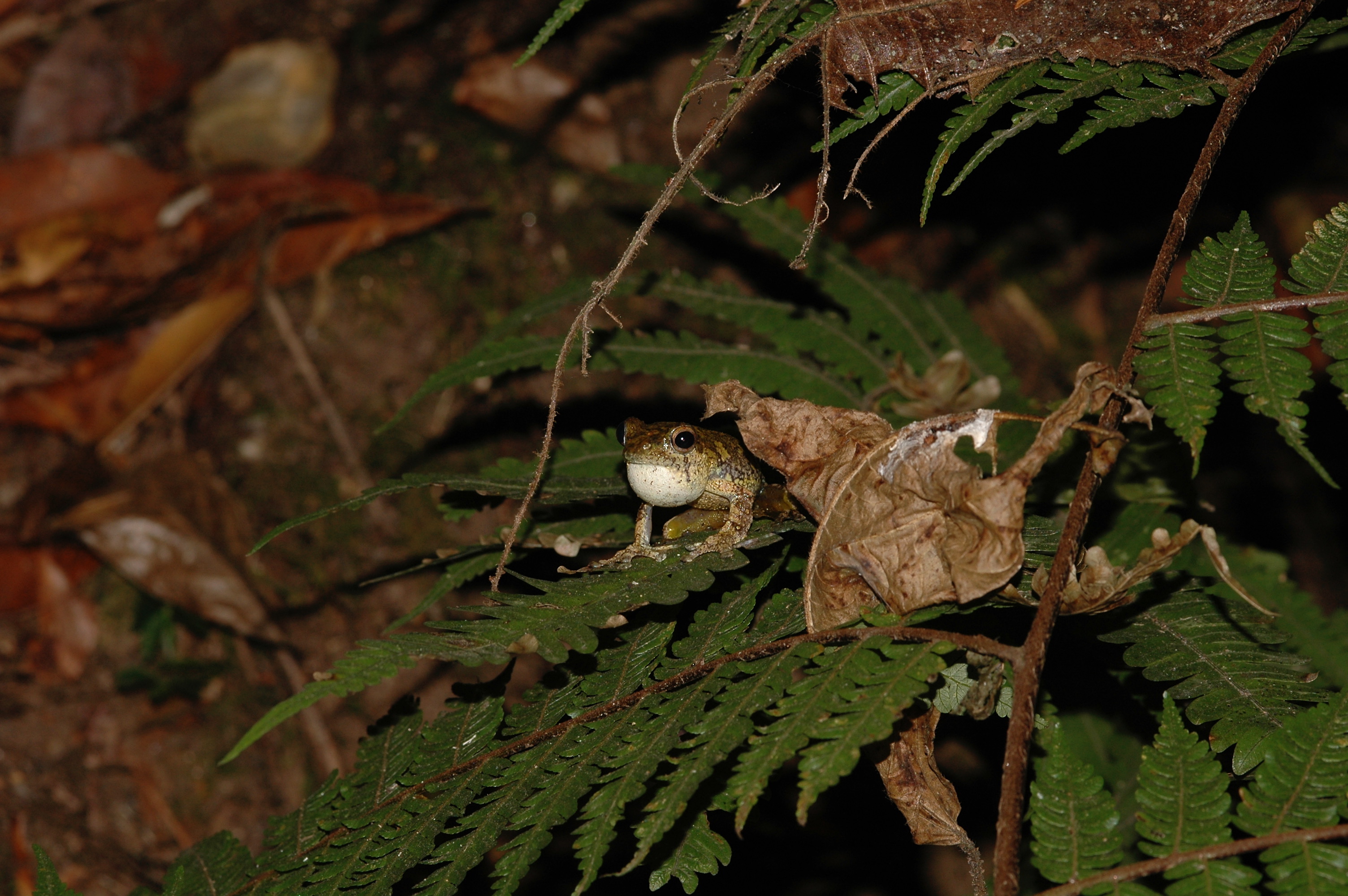
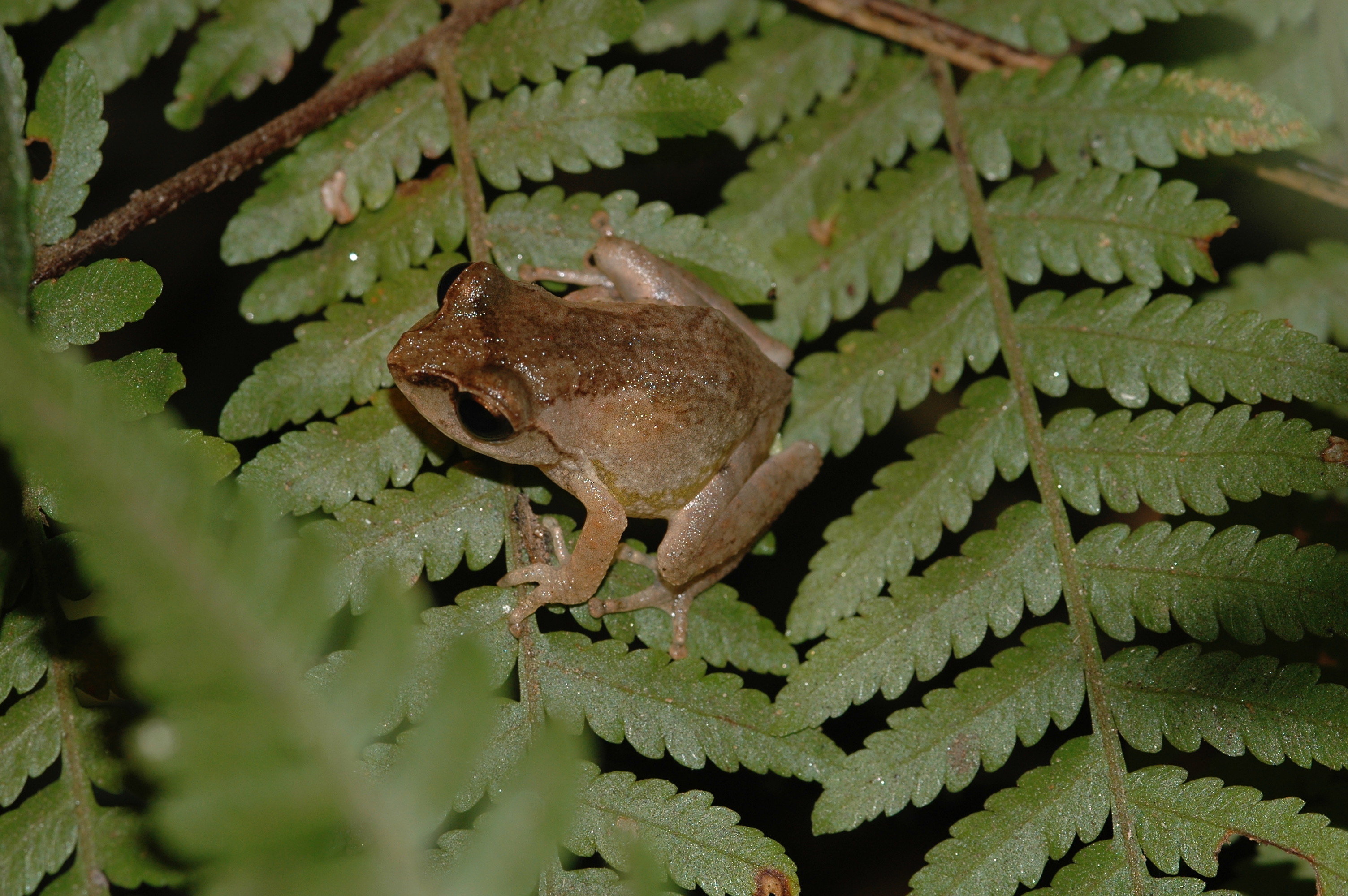
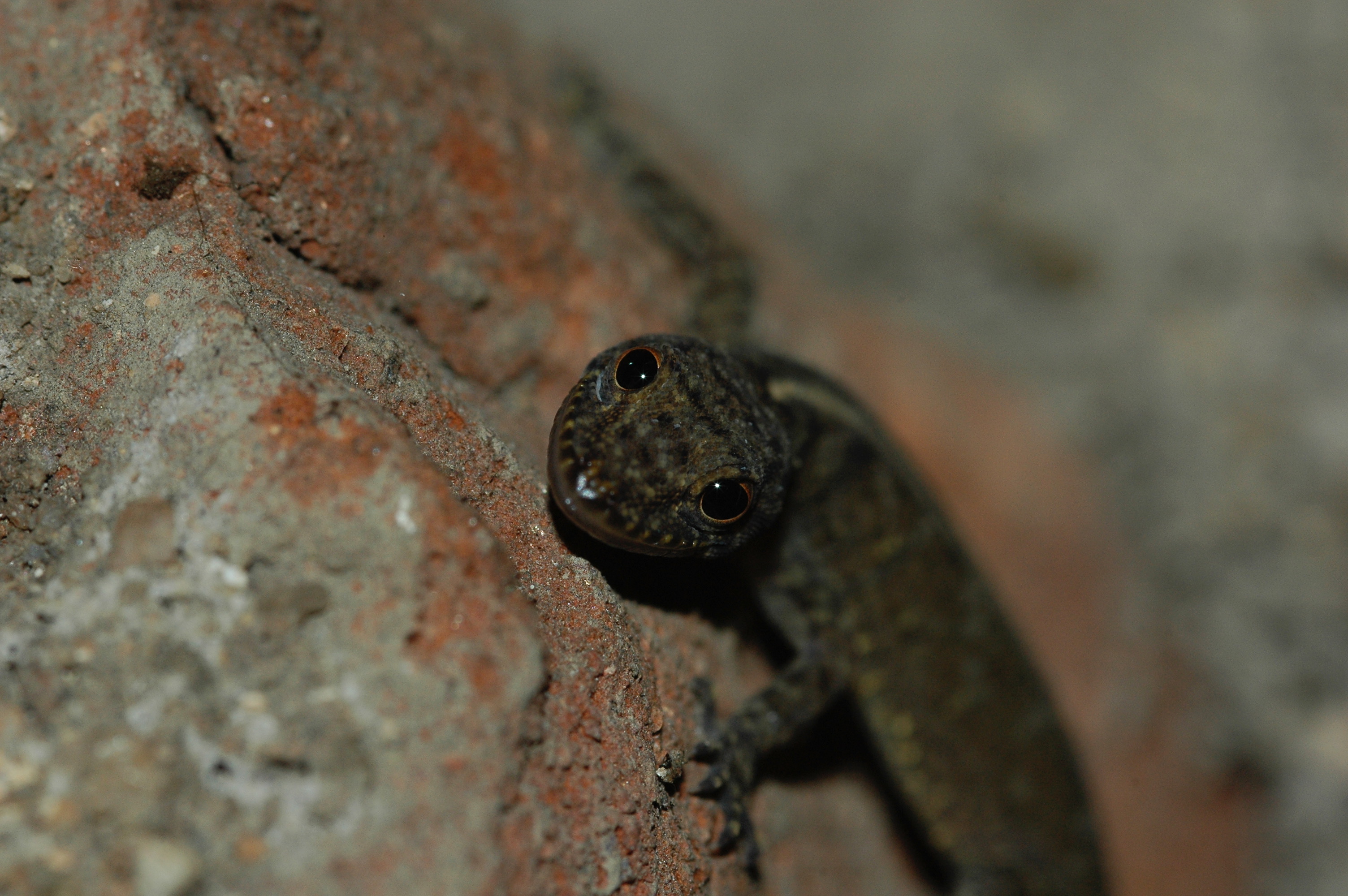
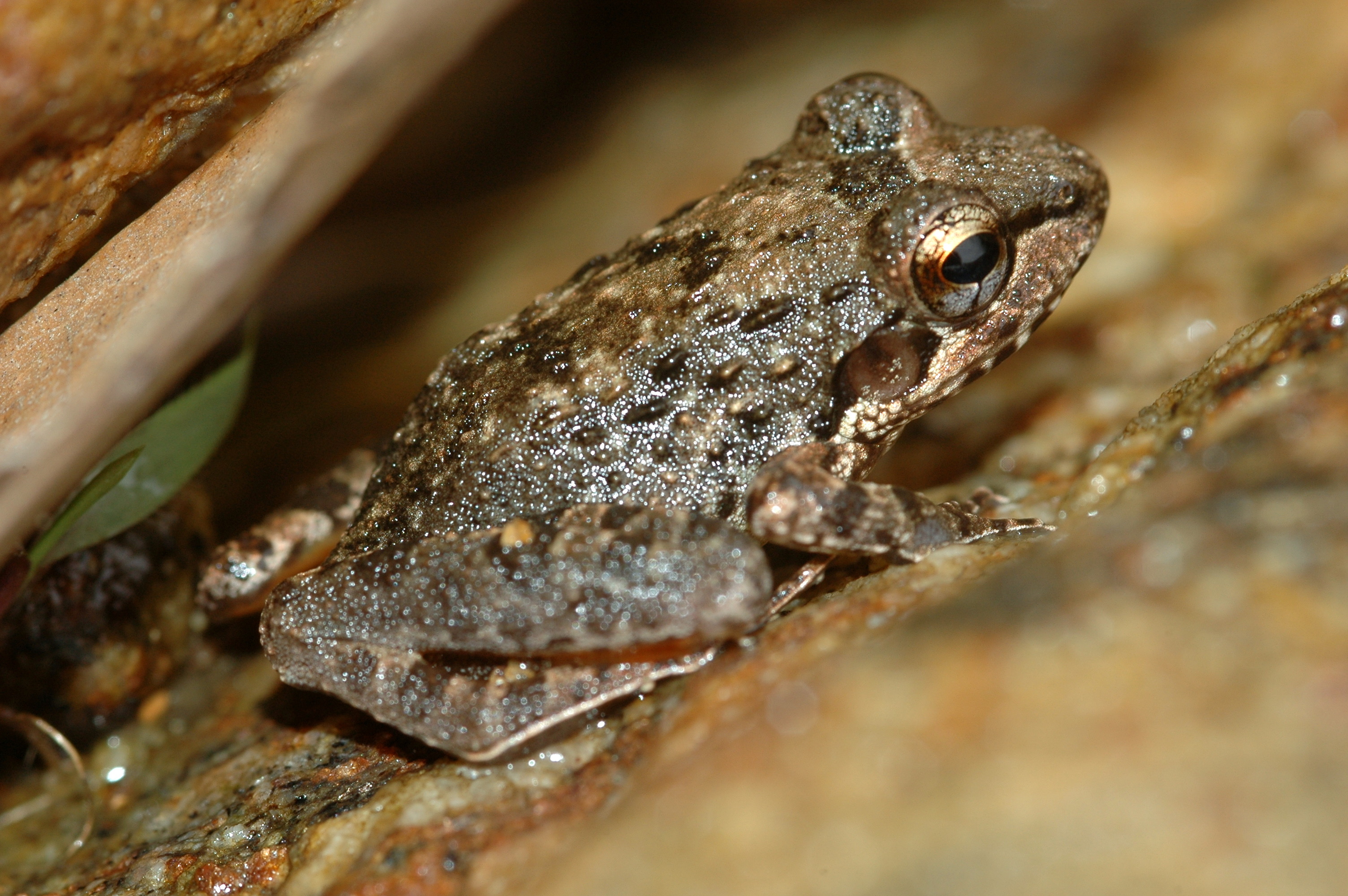
The real magic of KMTR, however, lay beyond the Mundanthurai Plateau, in the biodiverse evergreen forest locations, higher in the mountains. I had the good fortune to explore little visited parts of these primary forests around the guesthouses at Kodamadi, Kannikatti Sengaltheri and Kuduraivetti, located in ascending order of elevation.
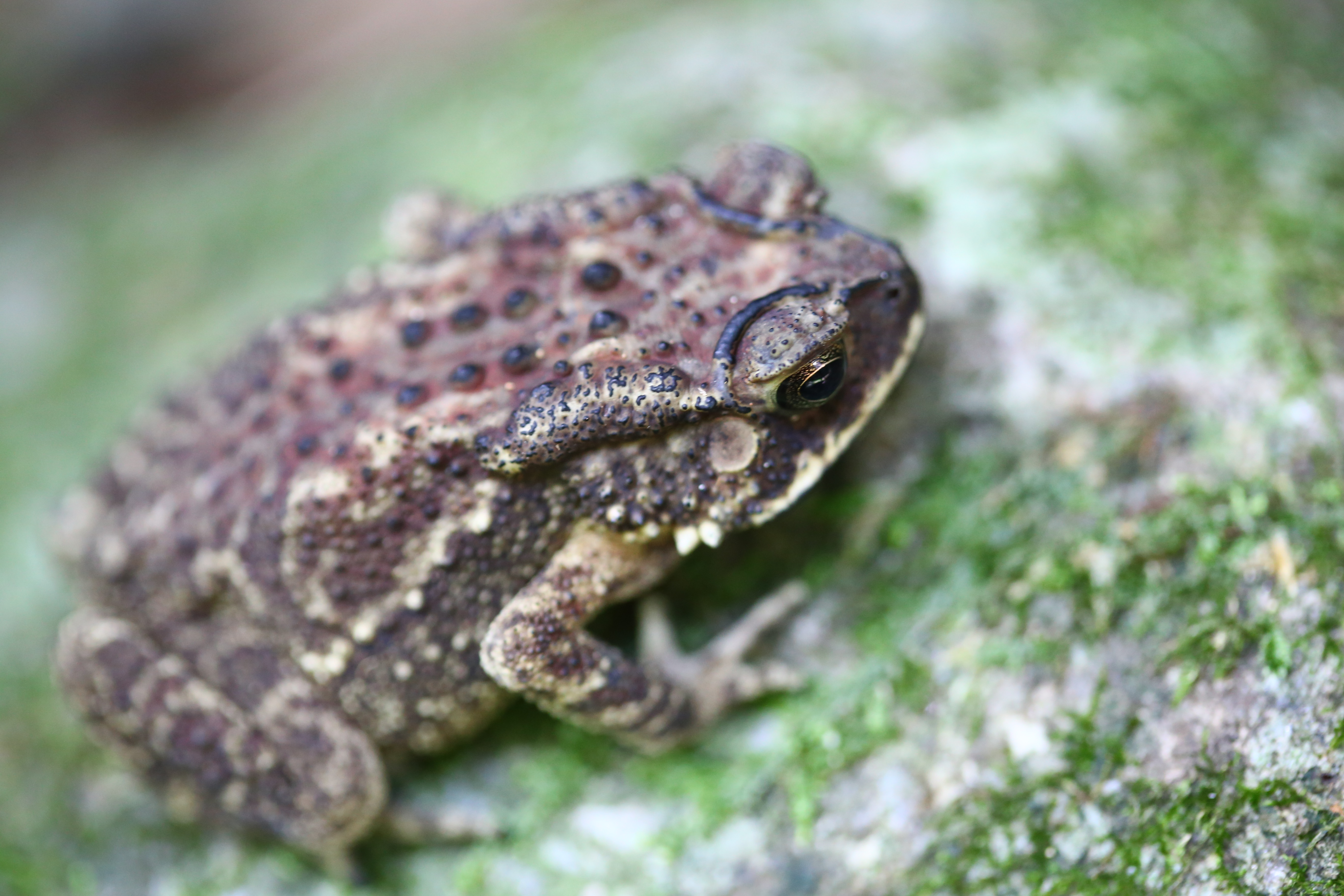


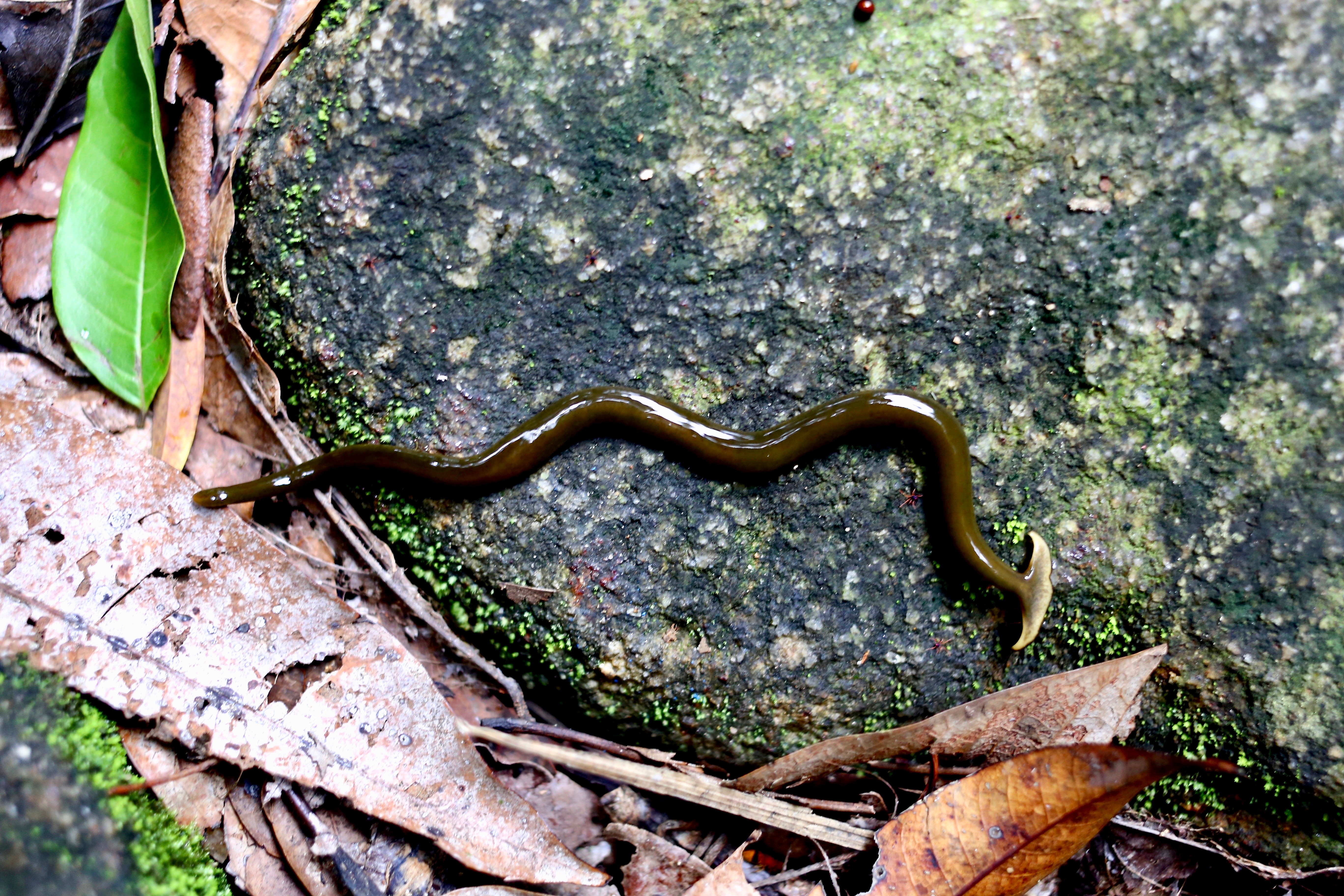
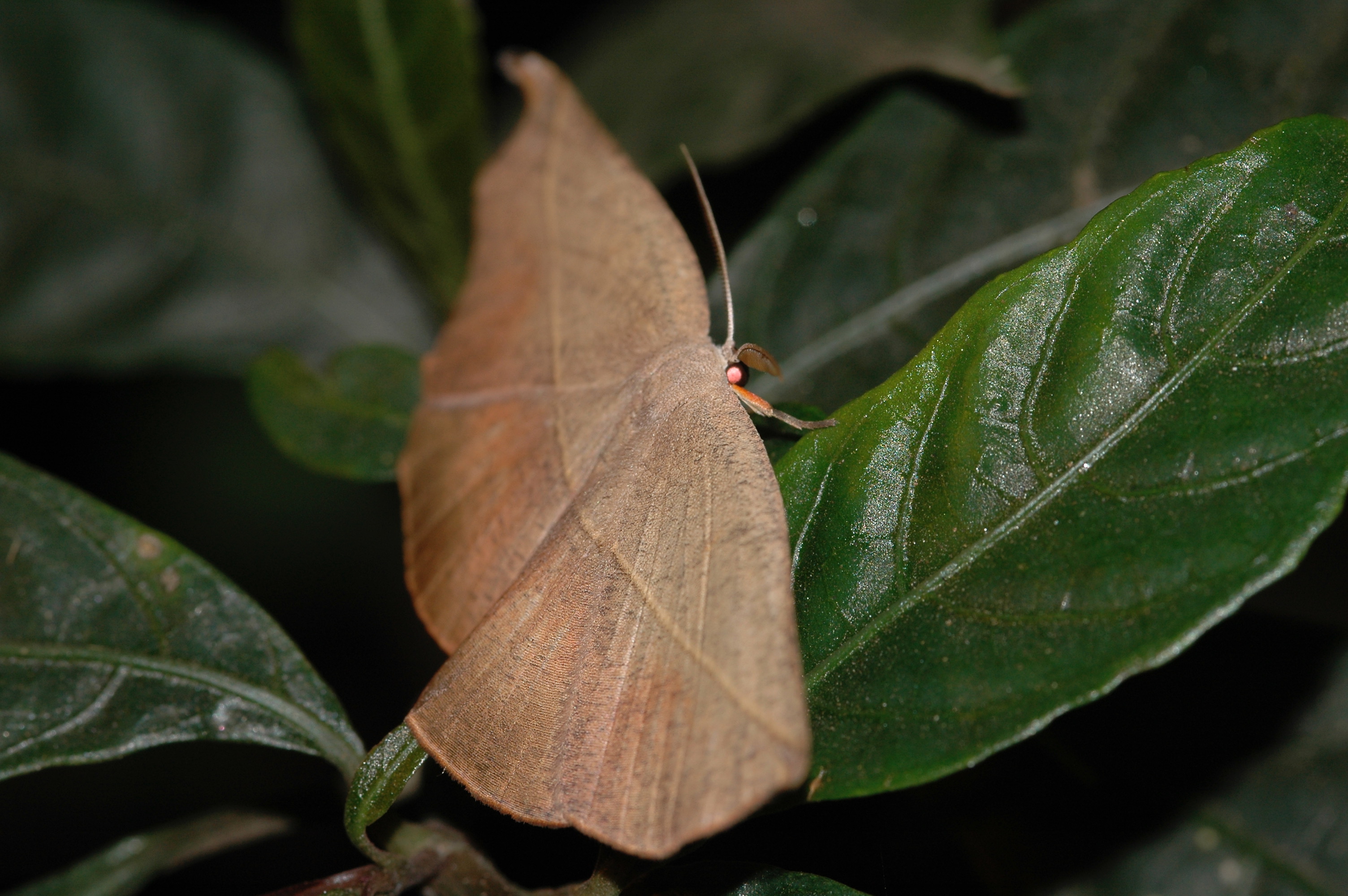
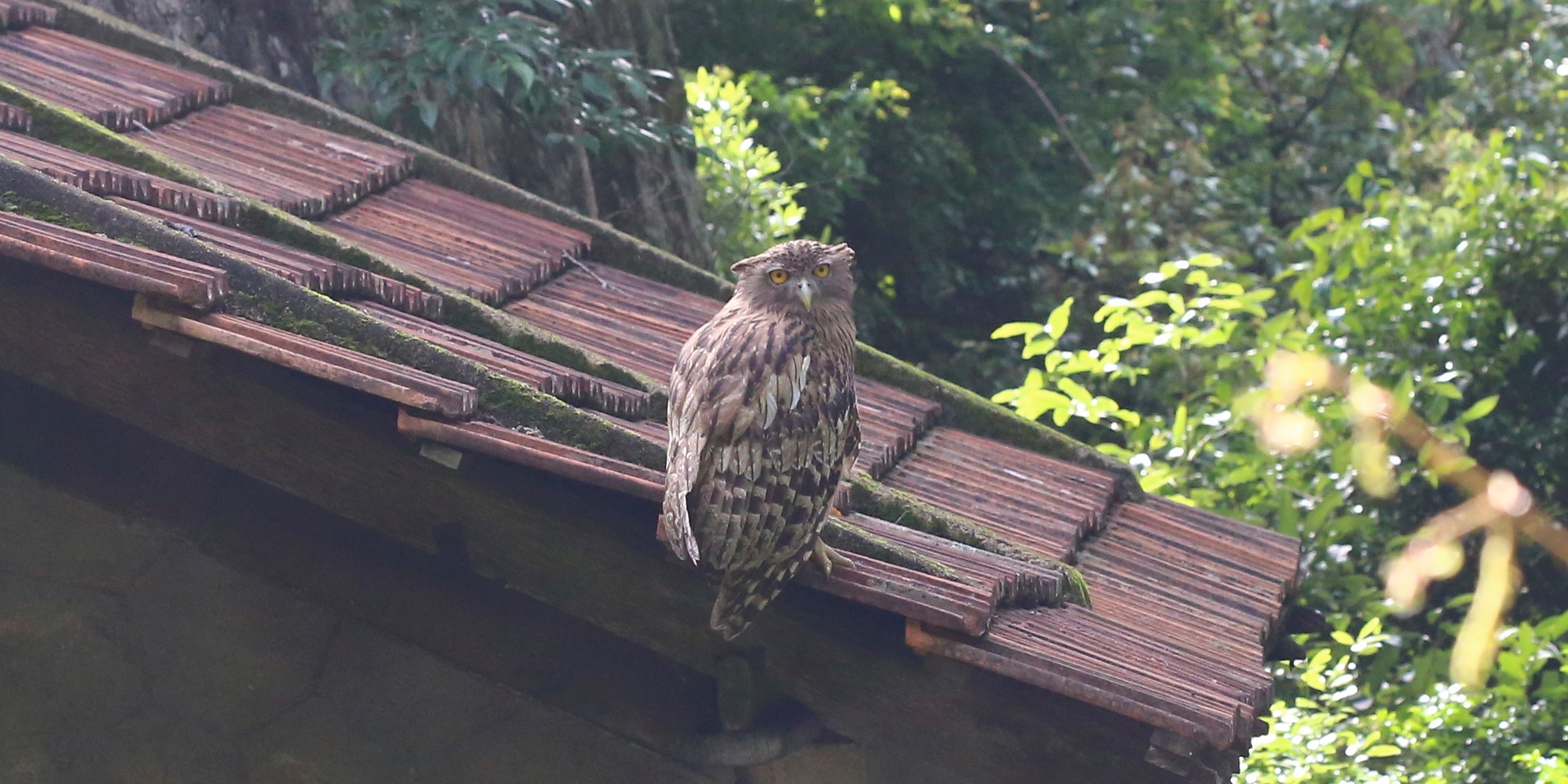
The derelict guest house at Kodamadi, located within a short walk from where the Valayar River forms a broad, boulder strewn, scenic valley, surrounded by mountains cloaked in thick forest, was home for a couple of weeks. Nobody stayed here regularly, as was evidenced from the mouldy interiors, the floor covered in sloth bear scat and bat guano, likely some rodent digestive waste in the mix as well. A day or so of scrubbing , made the place just about liveable, but some incessant pre-monsoon thundershowers and associated windy conditions exposed unpredictable leaks from above and sides of the building, making for rather inconvenient nights. These rainy nights turned out a bit nightmarish, when my Kaani assistant, the only other human occupant of the guesthouse at the time, seemed to get into a trans-like state, muttering, sometimes shouting in his sleep, coupled with some rather exotic sounds that I did not think could emanate from a fellow human – all this combined with the sounds of the howling winds, creaky windows and the dark, practically impenetrable jungle beyond. Later, this this gem of a person in the light of day, would confide, that folks from his village believed that this guesthouse was haunted, and they only ever stayed in caves along the river, when they visited this part of the jungle!
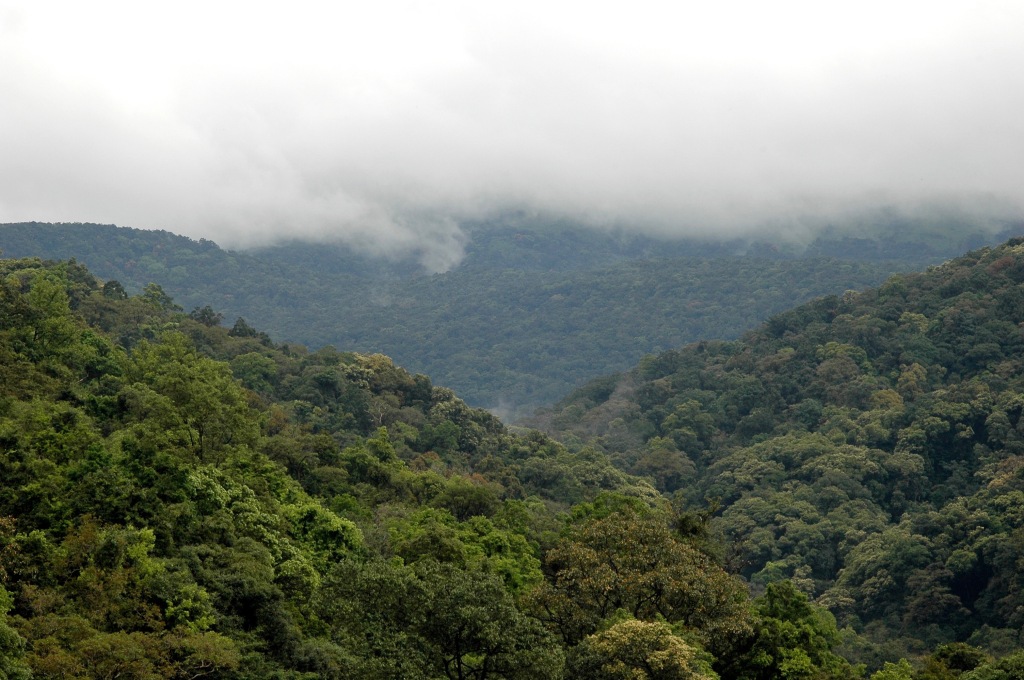
Staying at Kodamadi allowed access to both the biodiverse evergreen forests across (after a slightly tricky river crossing by foot, potentially involving a few slips and falls) the river from the guesthouse, as well as deciduous forests, most, sadly, converted to a Teak monoculture. The evergreen patches had an interesting mix of herpetofauna, including species like the Anamalai Hill Gecko, various frogs, and an overgrown bridle path leading into the mountains turned out to be Hump-nosed Pit Viper central, with innumerable individuals blending into the leaf litter, to be noticed by a keener pair of eyes than mine, almost always, only on the verge of me stepping on them. However, unlike the drama within the guesthouse, the forest itself was rather quiet in terms or birdlife or mammals (except for the ubiquitous and vocal Nilgiri Langur).

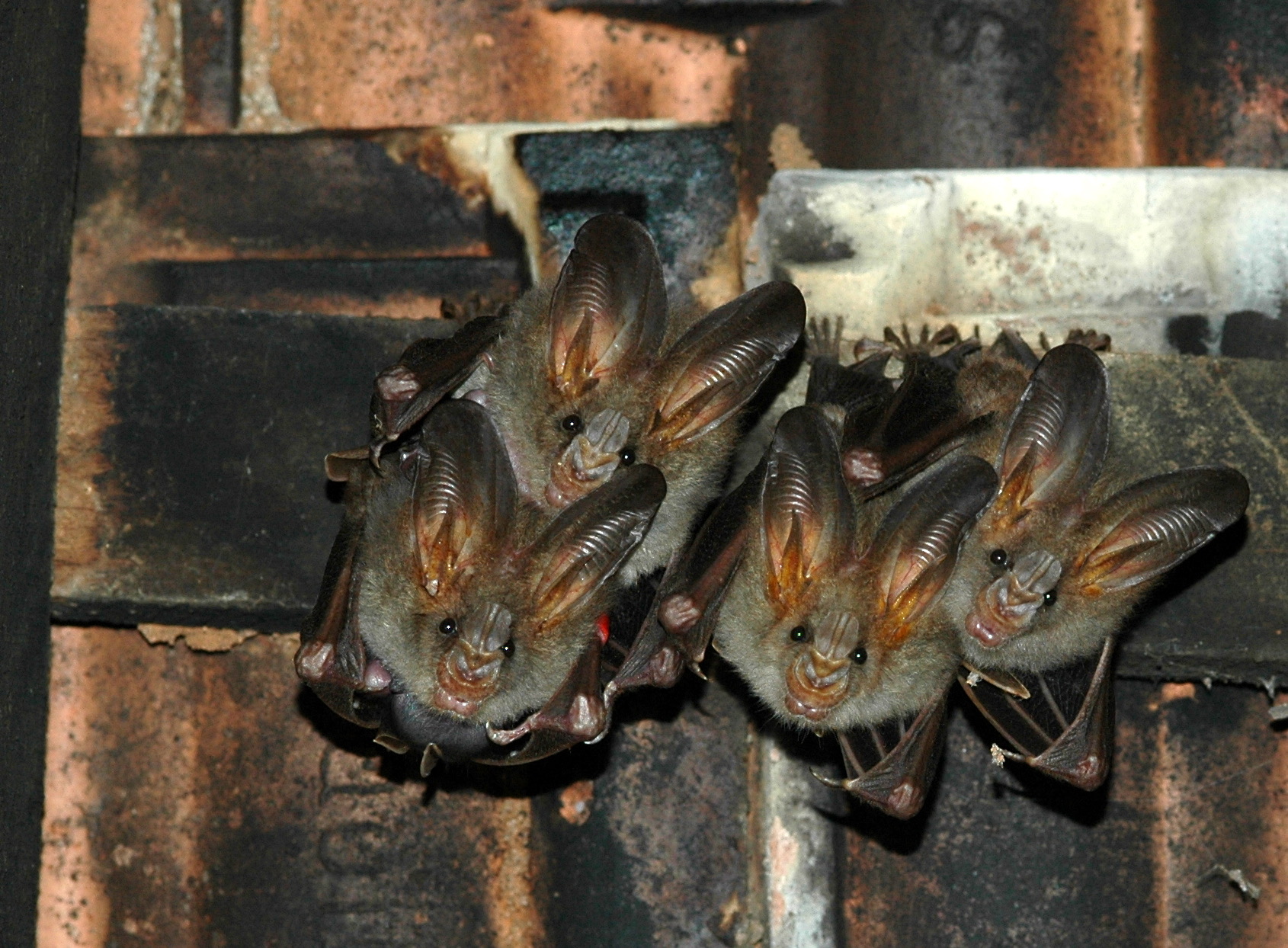
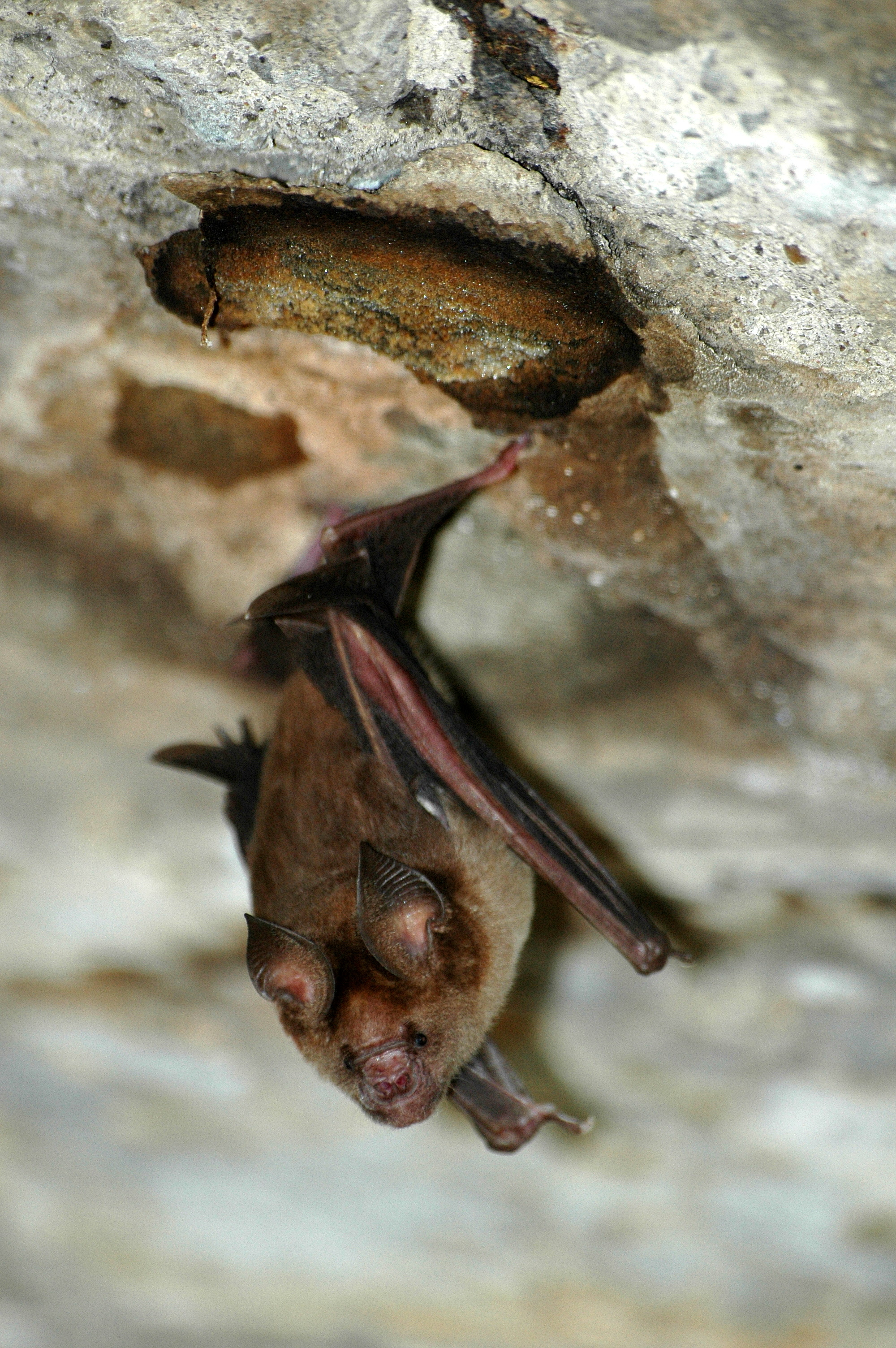
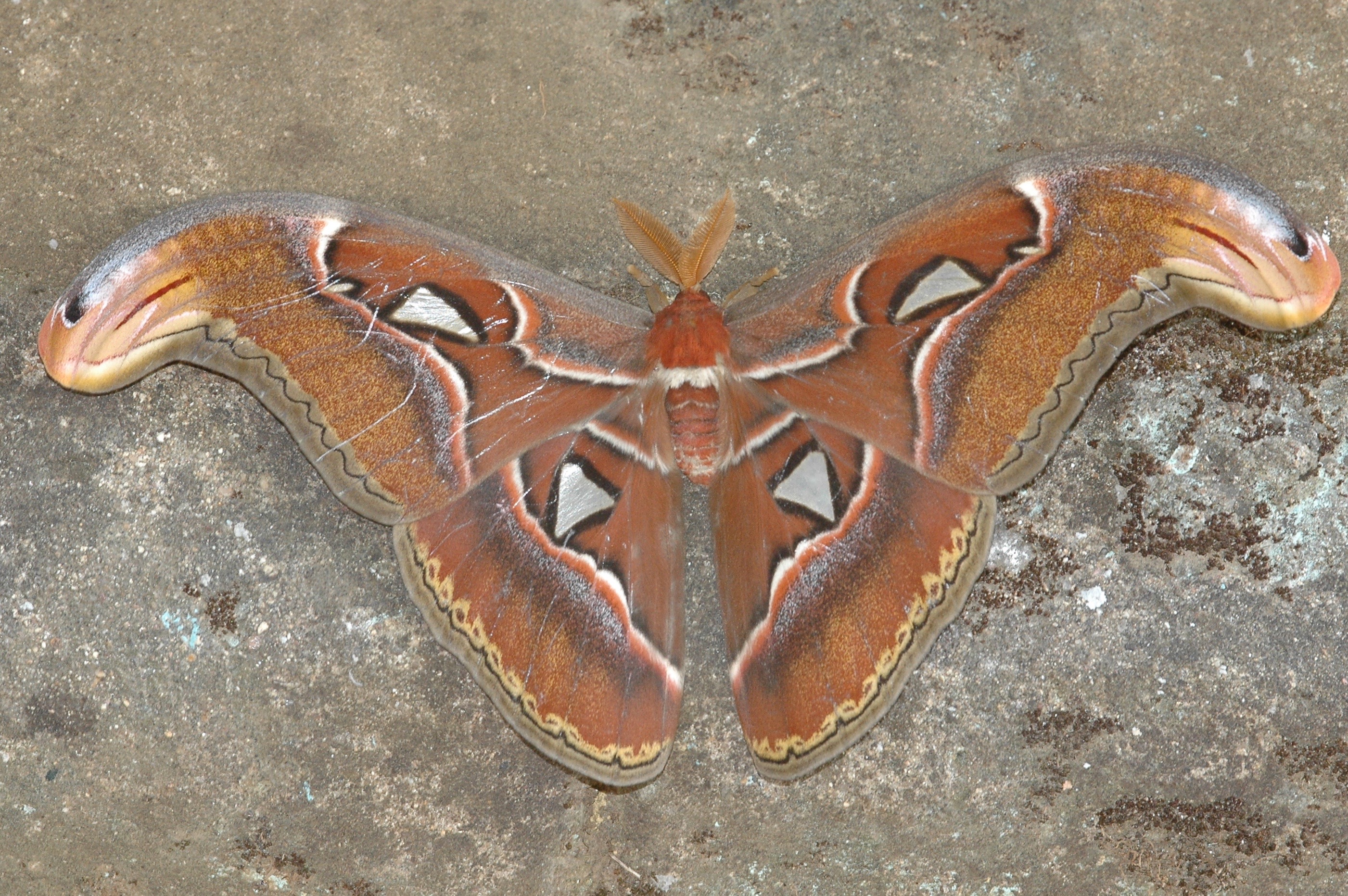
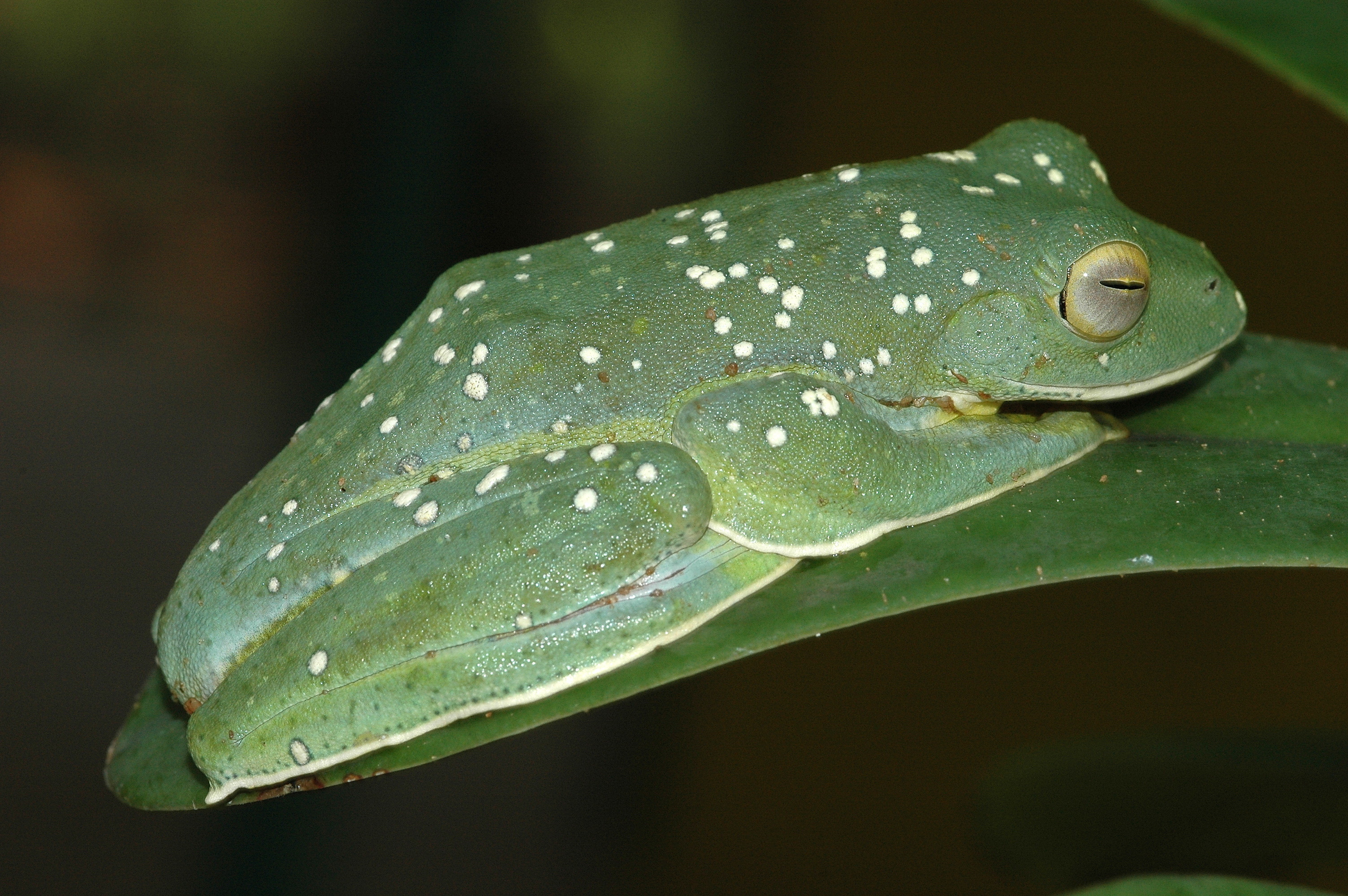
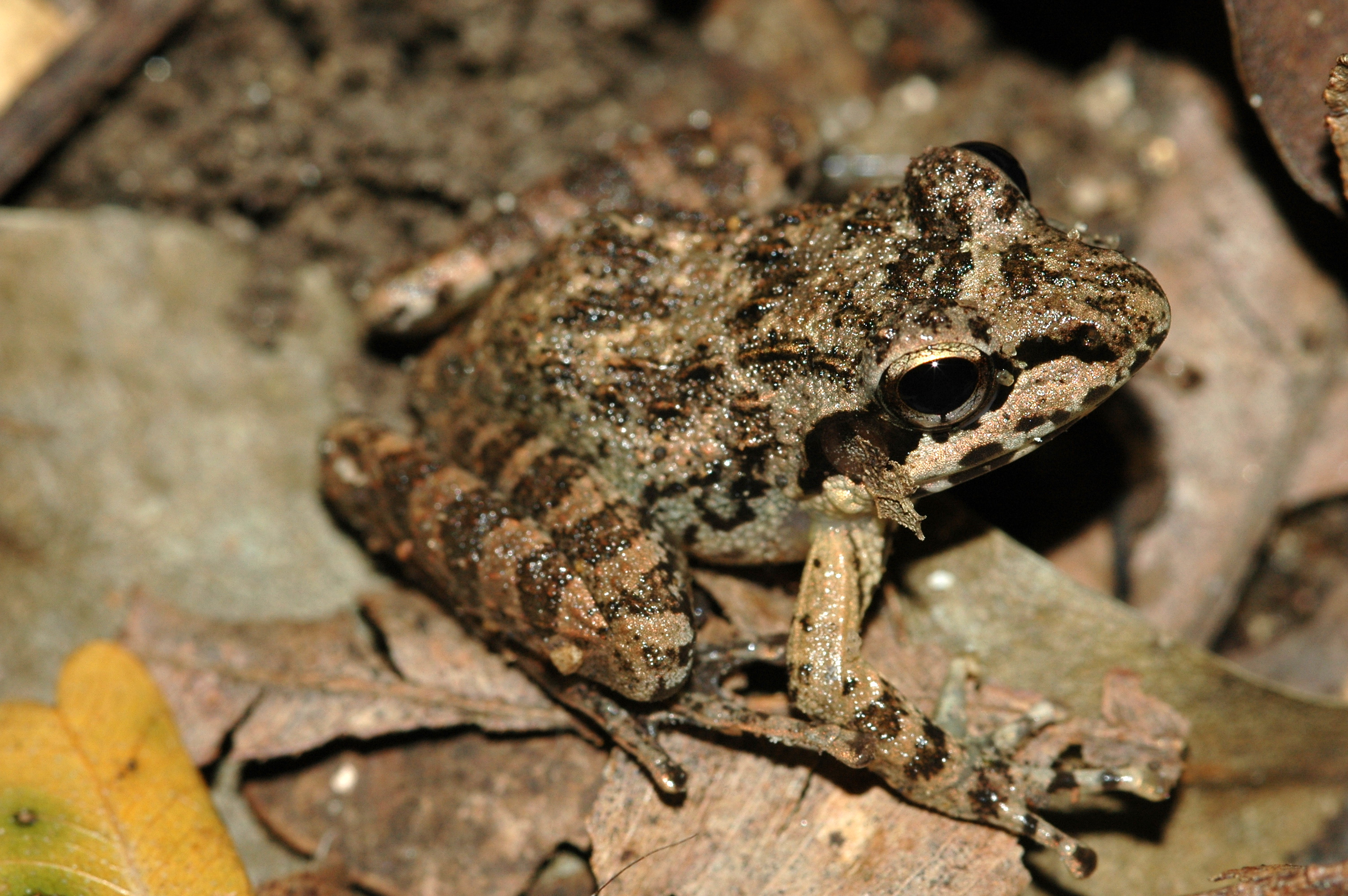
Another location where I spent quite a lot of time in was in the rainforest-plantation matrix above the Manjolai Estate, in the Kuduraivetti-Upper Kodayar belt, south of the Mundanthurai Plateau. This relatively high-altitude location (the landscape ranging from about 800m to 1500m), often dramatically scenic (especially in the mist shrouded shola-grassland like landscape beyond the Upper Kodayar Dam), turned out to be among the best places to see a variety of mammals in the park. Forays into the large open areas of natural grasslands and tea-plantations, interspersed with rainforest would produce several Gaur and Sambar, Indian Munjtac and Nilgiri Langur but my sightings have also included Elephant, Leopard, a (doubtful) sighting of a Tiger, Nilgiri Tahr (regular around the winch point at Nalamukh), Lion-tailed Macaque (regular at the entrance to the Manjolai Estate) and, rarely, Brown Palm Civet. There was great birdlife too, especially interesting in the montane locations, where I saw range restricted species like Ashambu Laughingthrush, White-bellied Sholakili and Broad-tailed Grassbird, among a healthy mix of birds typical of monsoon forests of the southern Western Ghats. The rainforest locations (Kakachi, a prime example) abounded with herpetofauna, especially along little streams, filled with a variety of frogs and a peppering of Malabar Pit Viper. There were also a few records of the Large-scaled Green Pit Viper from my time here, including one about 20ft up on a tree, a species of Sheildtail snake and a Beddome’s Tree Toad – all among the highlight herpetofauna from this location. Despite the wildlife riches, the main attraction of this landscape was the aesthetic beauty of its fern/epiphyte filled, relatively undisturbed rainforest of mature trees, leading into the mist shrouded montane forest/grassland ecosystem, reminiscent of high-altitude locations further north in the Western Ghats. In my time in this part of the park, I stayed at the pleasantly located within an open grassland, with magnificent views to the mountains and valleys of the range, Kuduraivetti Guest House. As with all others of its kind the FRH was in a state of disrepair, but not quite the wildlife haven (no sloth bears and the like spending the night within its walls) as some of the others located amidst dense forest. One of the practical upsides of this landscapes is the road network connecting the settlements, hydro-electric infrastructure, and plantations, that passes through the natural areas, providing for easy access to explore the large parts landscape.
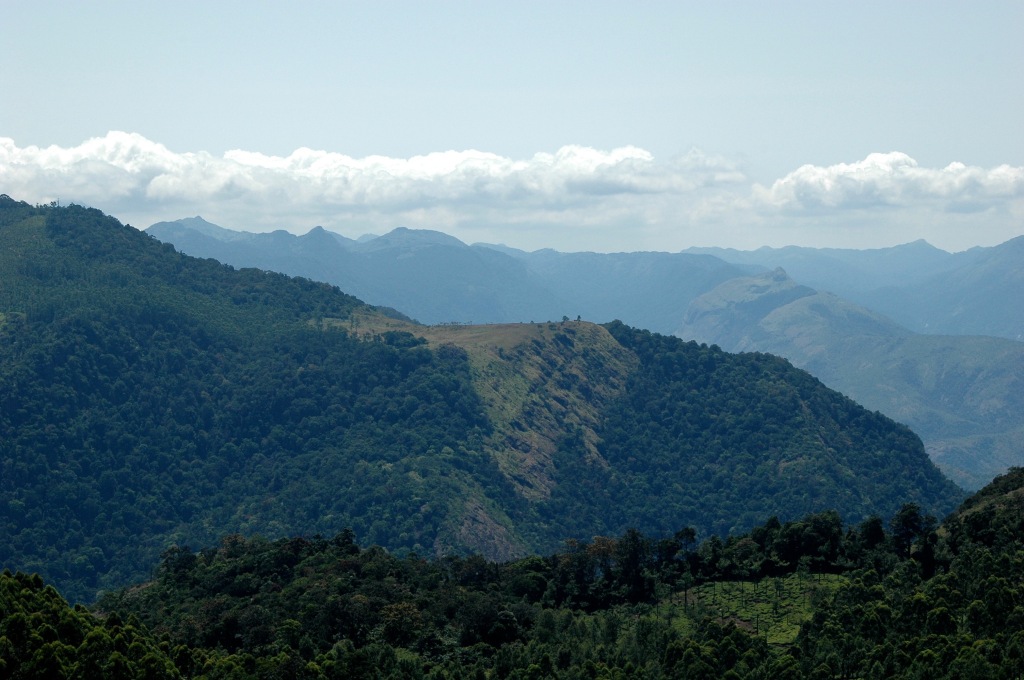
The plantation-forest matrix around Kuduraivetti 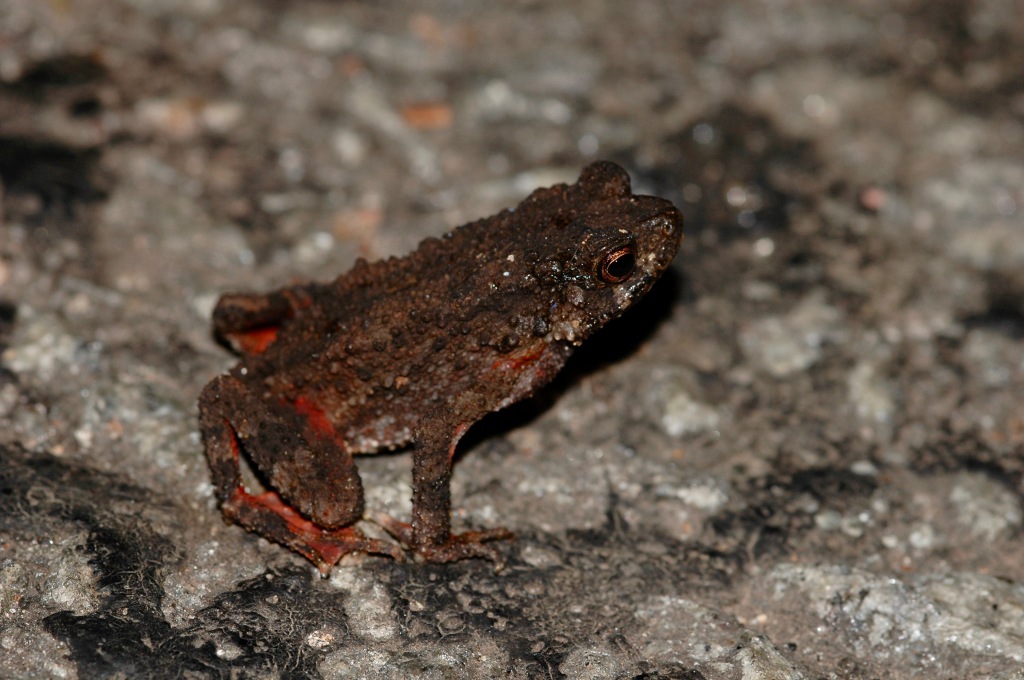
The uncommon Beddome’s Toad 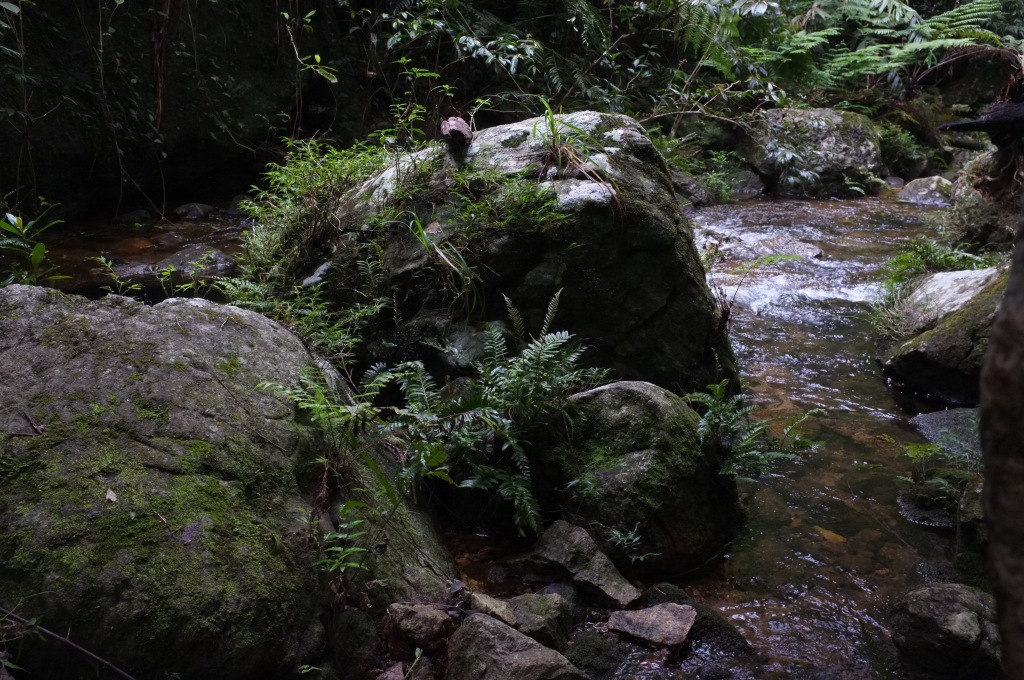
A typical rainforest stream
I did not spend too much time in either of the other two FRHs at Kannikatti and Sengaltheri, allowing me to gather only a general perception the wildlife and the forest, around these parts. Kannikatti FRH was an amply dilapidated structure (with anecdotal evidence of a King Cobra ensconcing itself in the gaps of the tiled roof, apparently as a long-term resident, at one time), ala Kodamadi, but set amidst a claustrophobia inducing dense patch of rainforest – the kind where the light struggles to reach the ground. The ground itself was persistently moist (in April), just the right conditions for hordes of irrepressible leeches to clamber up and hook onto anything warm-blooded, with or without socks. The call of Cicadas was nearly all pervasive during the day, along with a variety of bird and a familiar sound in the monsoon forests of the southern Western Ghats – the territorial calls of the Nilgiri Langur. In this vicinity, more than any other I had experienced in the park, barring smaller fauna like day active geckos (Cnemaspis sp.), leaf litter specialised skinks and invertebrates, wildlife was heard more than seen, the already hidden among them finding easy refuge in the dark depths of the forest. Sengaltheri, despite its remote location, with access through an uninhabited forest road from the plains below, had a reasonably well-maintained accommodation for visiting forest officers and, ironically, one dormitory, supposedly for tourists that were not allowed to visit, in any case(?!). This infrastructure is pleasingly located in a grassland, in the transition zone between the drier of the Eastern slopes, facing the plains, and wet evergreen forest higher in the mountains. While neither the diversity, nor the abundance of wildlife seen here was comparable to the Kuduraivetti-Kodayar landscape, Sengaltheri’s location allowed relatively easy access to a variety of habitats, albeit the wetter parts only on foot. Come evening, the grasslands in the vicinity of the FRH, came alive with herds of Gaur and Sambar deer, and a palpable expectation of more to come. However, in my limited time here, there was not too much in terms of memorable wildlife sightings or experiences, and I remember my time in Sengaltheri for is its lovely location, access to pristine rainforest and a sense that its surroundings harboured much of the rich biodiversity of the southern Western Ghats.
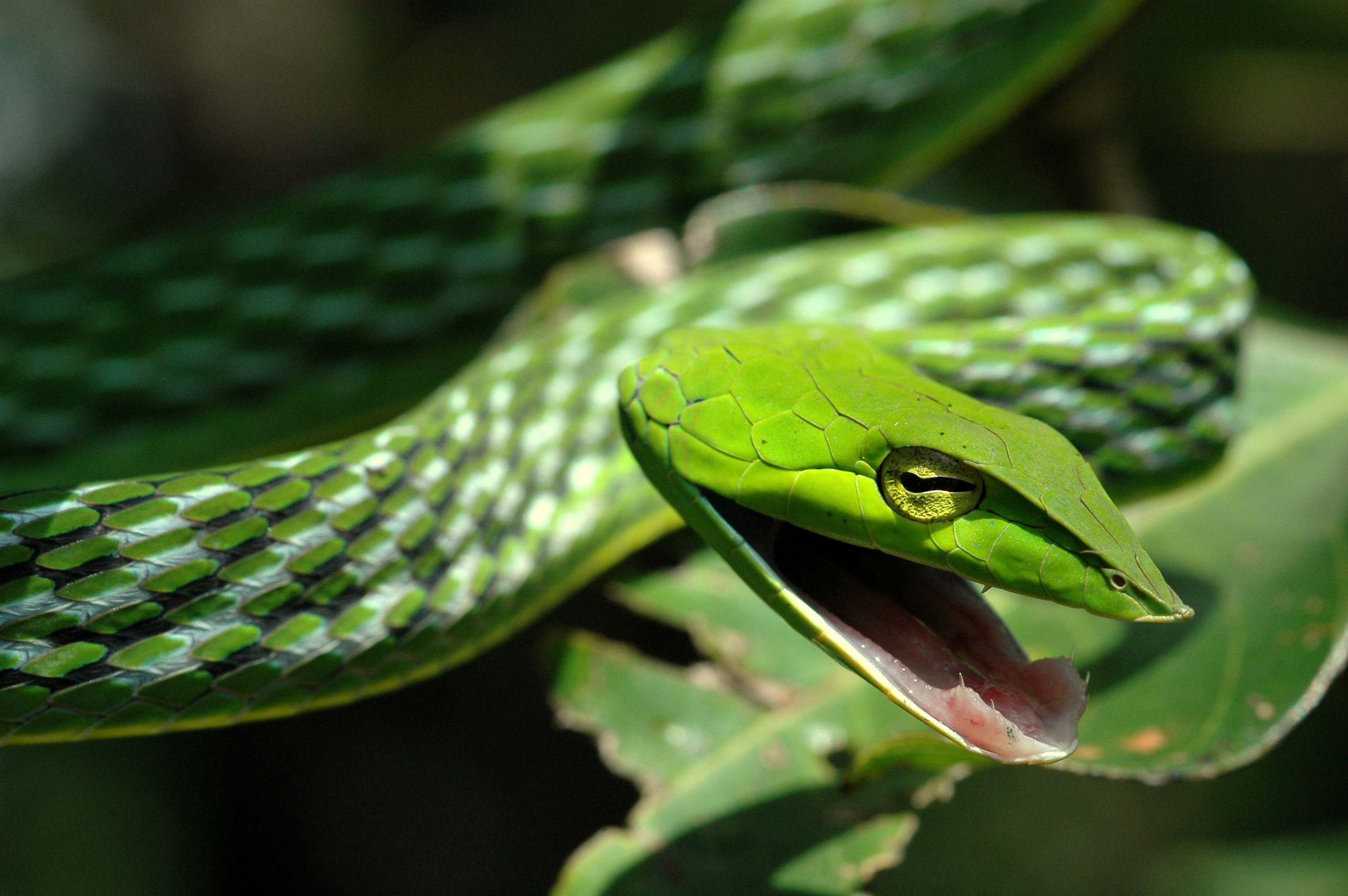
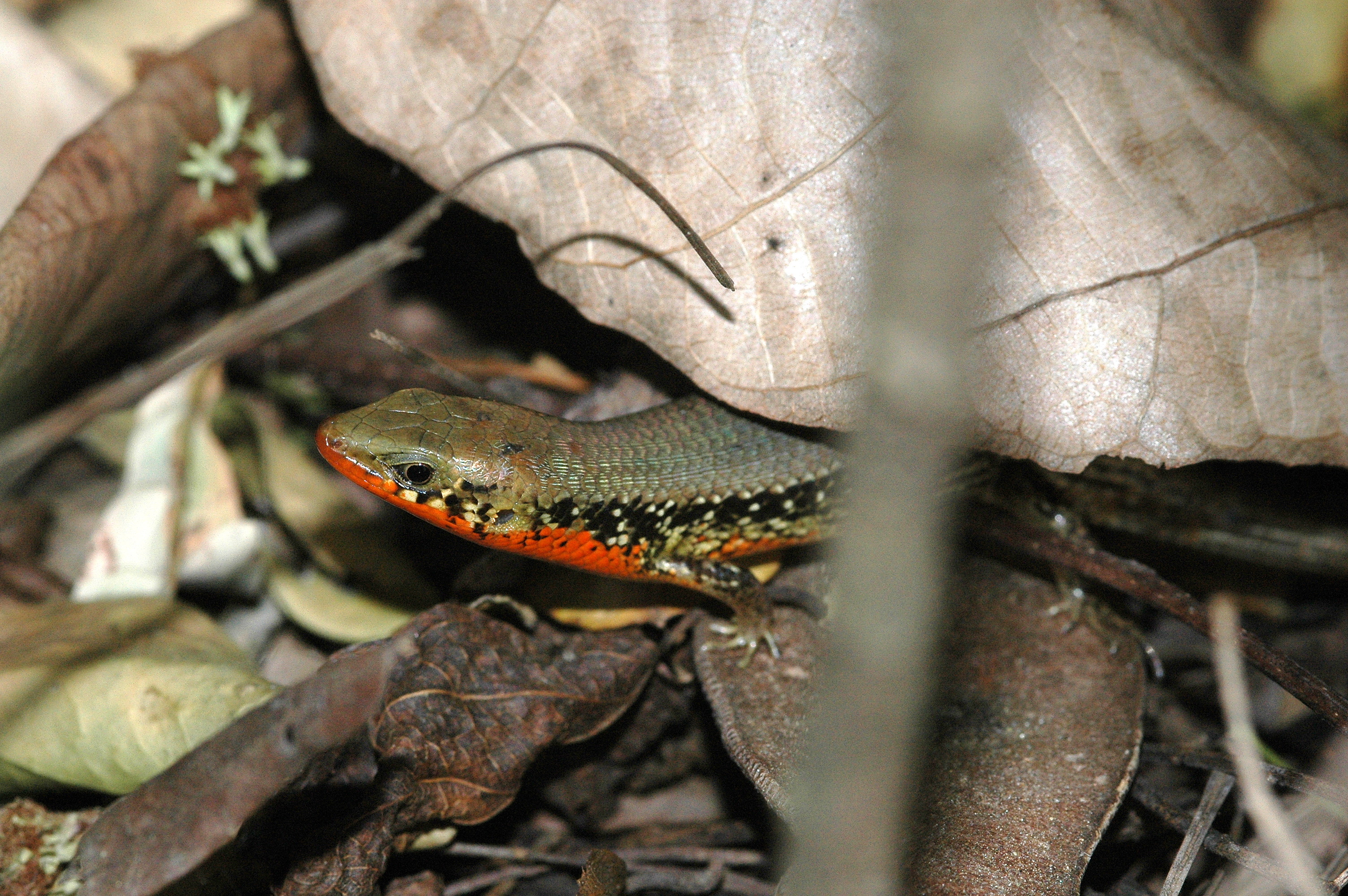
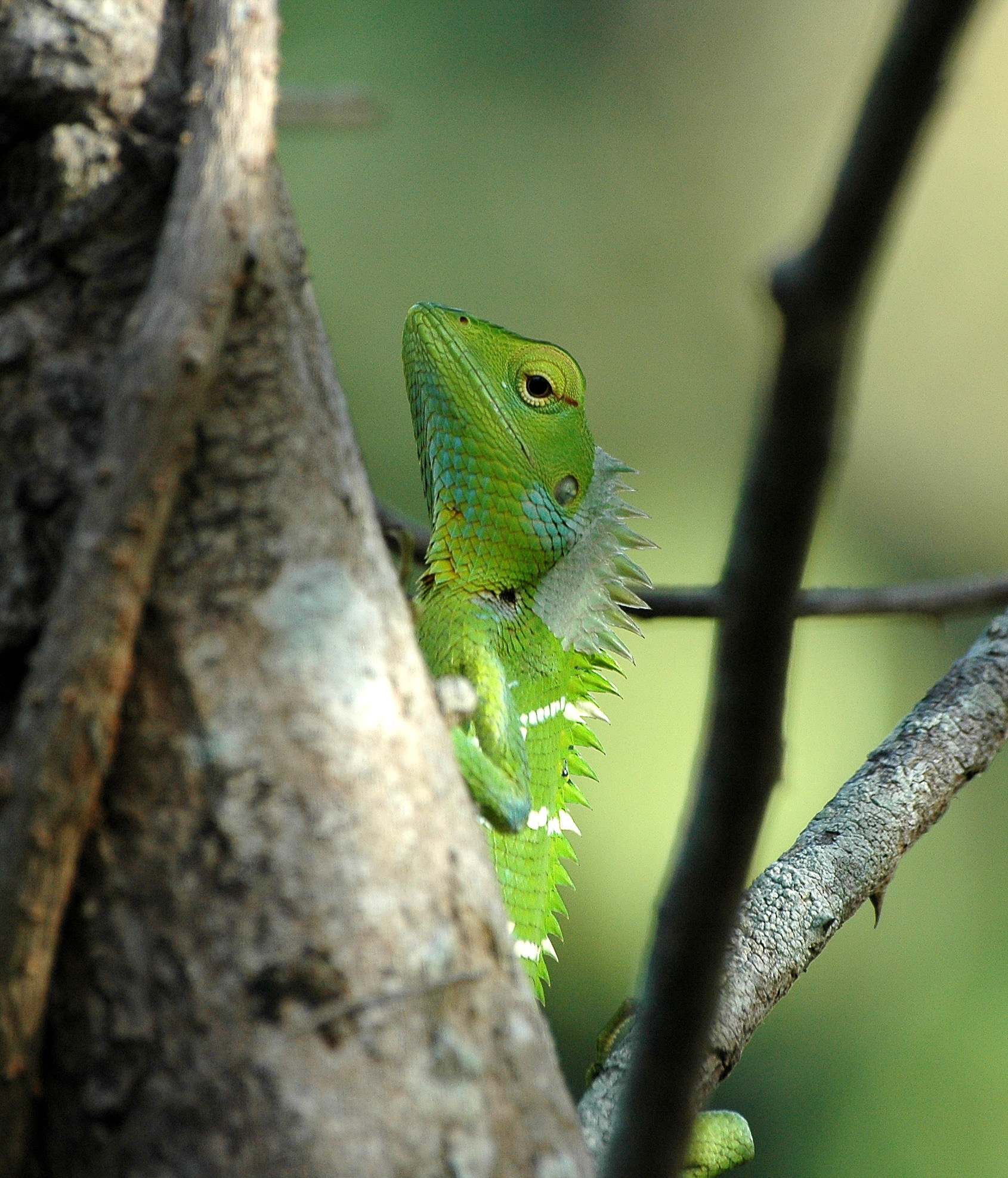
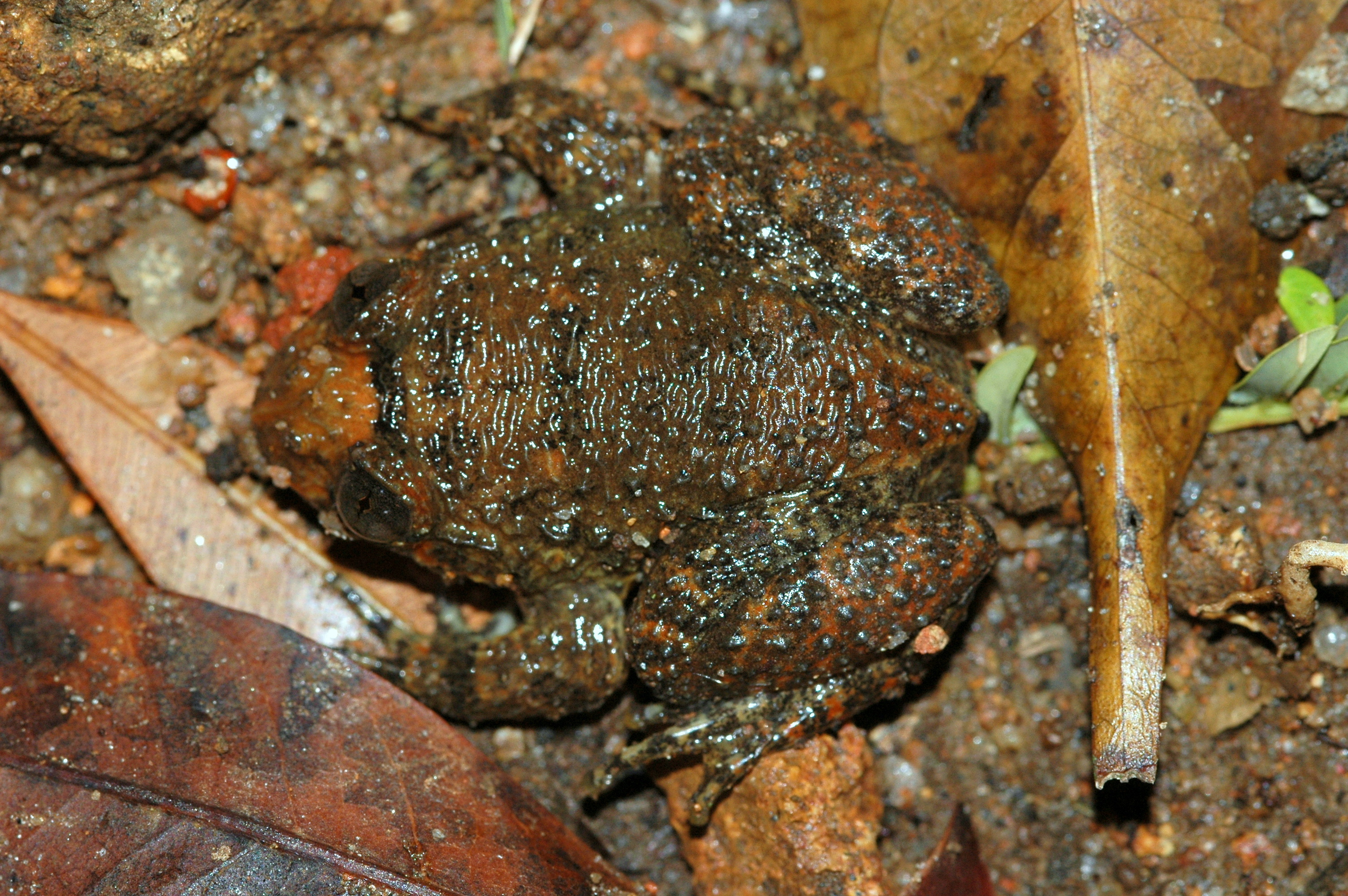

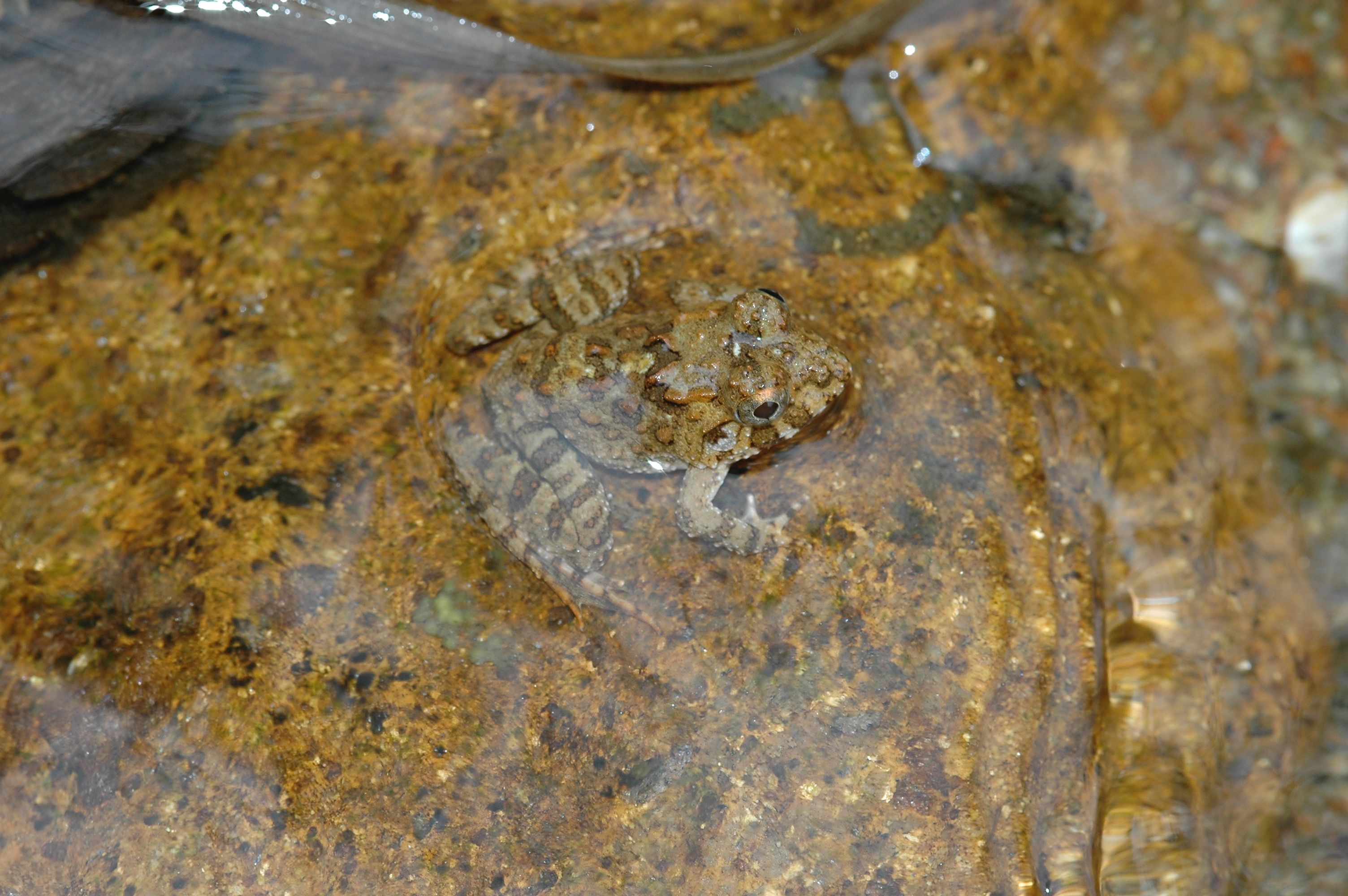
Another part of the KMTR landscape, though technically outside the forest department’s management purview (?), is the private forest of the Dohnavur Fellowship, that I had a privilege to visit. A 16KM or so uphill slog, on a warm September day, brought me to a spartan camp, surrounded by rainforest clad mountains on three sides and overlooking the plains below. The one night I spent there was barely enough to savour the evident natural riches of this idyllic location. I recollect, fondly, the alluring sights and sounds from here, the insightful, hand-written, natural history notes by Amy Carmicheal, the founder of the fellowship, from her experiences in the early 20th century in this location, that left me wanting to explore more of its hidden delights … much like from my other KMTR experiences, in my time in this under-celebrated natural wonderland.
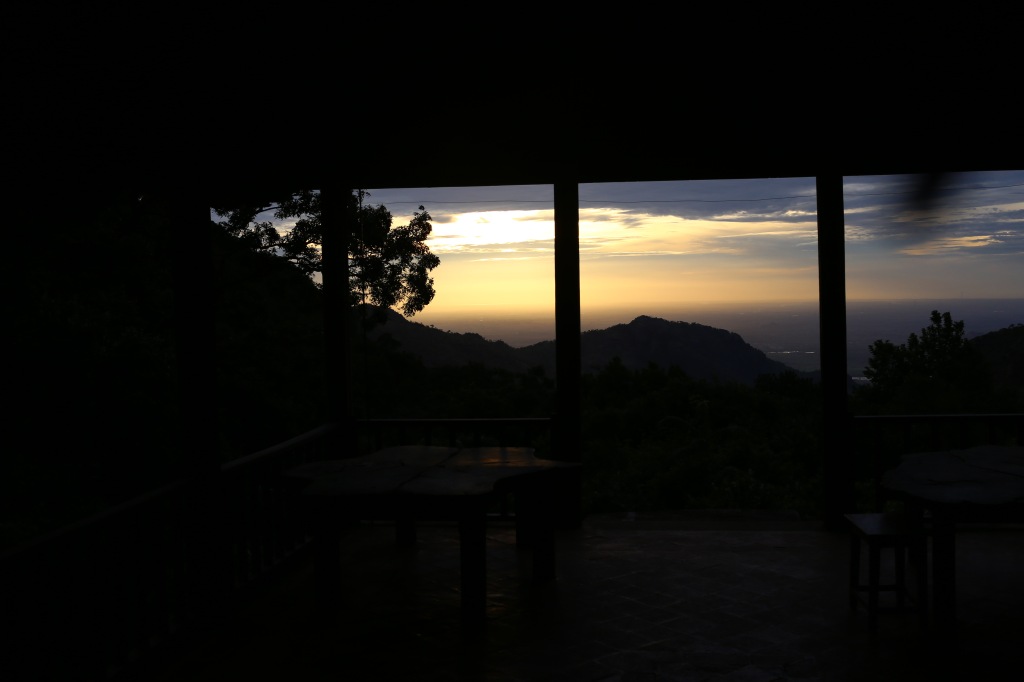
A view into the plains from the private forest managed by the Dohnavur Fellowship 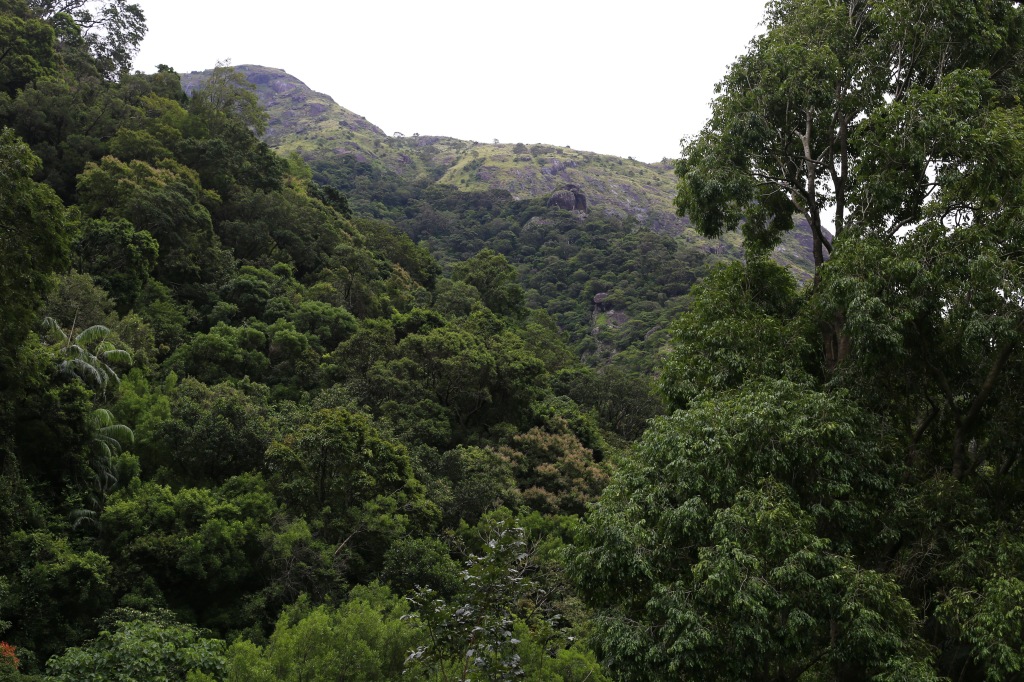
The hills surrounding the modest rest house in the private forest
For those aspiring to visit this park, I am not entirely sure how open the authorities are to ecotourists these days. It would be wise to check with the Field Director, KMTRs office in Tirunelveli, for more details. Normally closed for visitors the Dohnavur Fellowship, were (only) encouraging small groups of serious nature enthusiasts to the private forest, under their management. Contact information for the Fellowship is available on the internet.